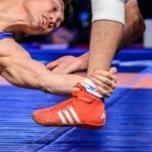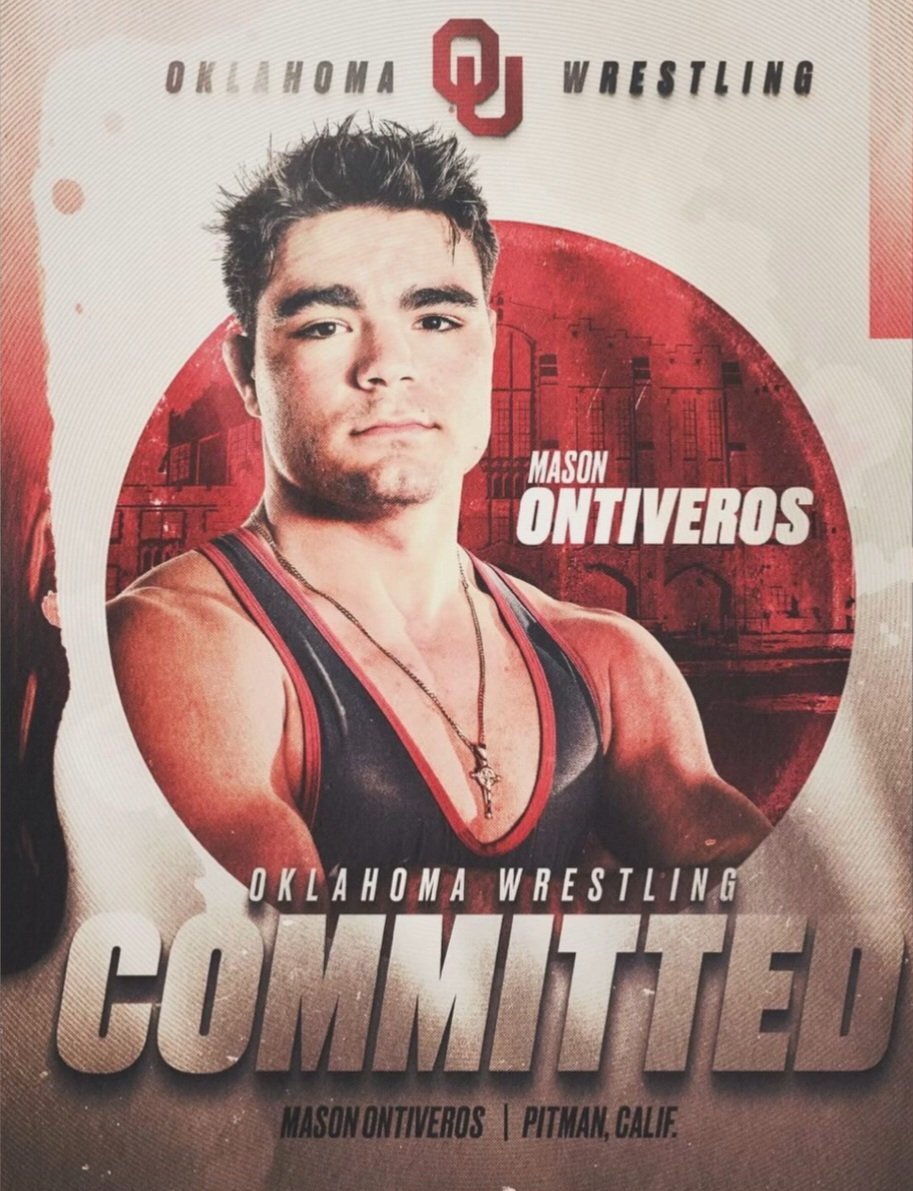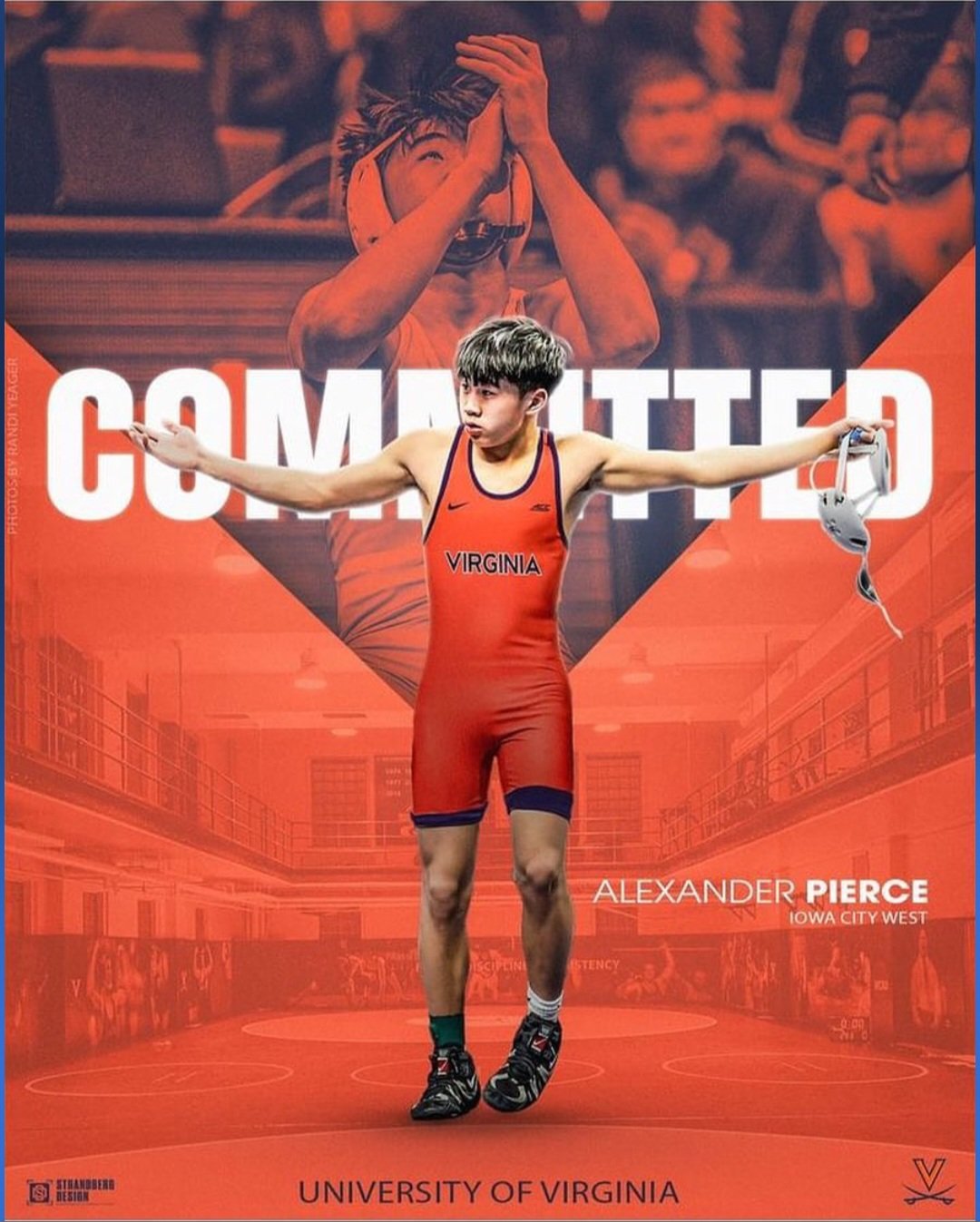Why doesn't Penn State have a girl's team?
-
Latest Rankings
-
Updated
-
Updated
-
Updated
-
Updated
-
-
College Commitments
Alexander Pierce
Iowa City West, Iowa
Class of 2026
Committed to Virginia
Projected Weight: 133
Sam Herring
Bishop McCort, Pennsylvania
Class of 2026
Committed to Penn State
Projected Weight: 141, 149
Luke Murray
Peninsula Catholic, Virginia
Class of 2025
Committed to Gardner-Webb
Projected Weight: 157, 165
Adam Bilby
Rose Hill, Kansas
Class of 2025
Committed to VMI
Projected Weight: 133







Recommended Posts
Create an account or sign in to comment
You need to be a member in order to leave a comment
Create an account
Sign up for a new account in our community. It's easy!
Register a new accountSign in
Already have an account? Sign in here.
Sign In Now